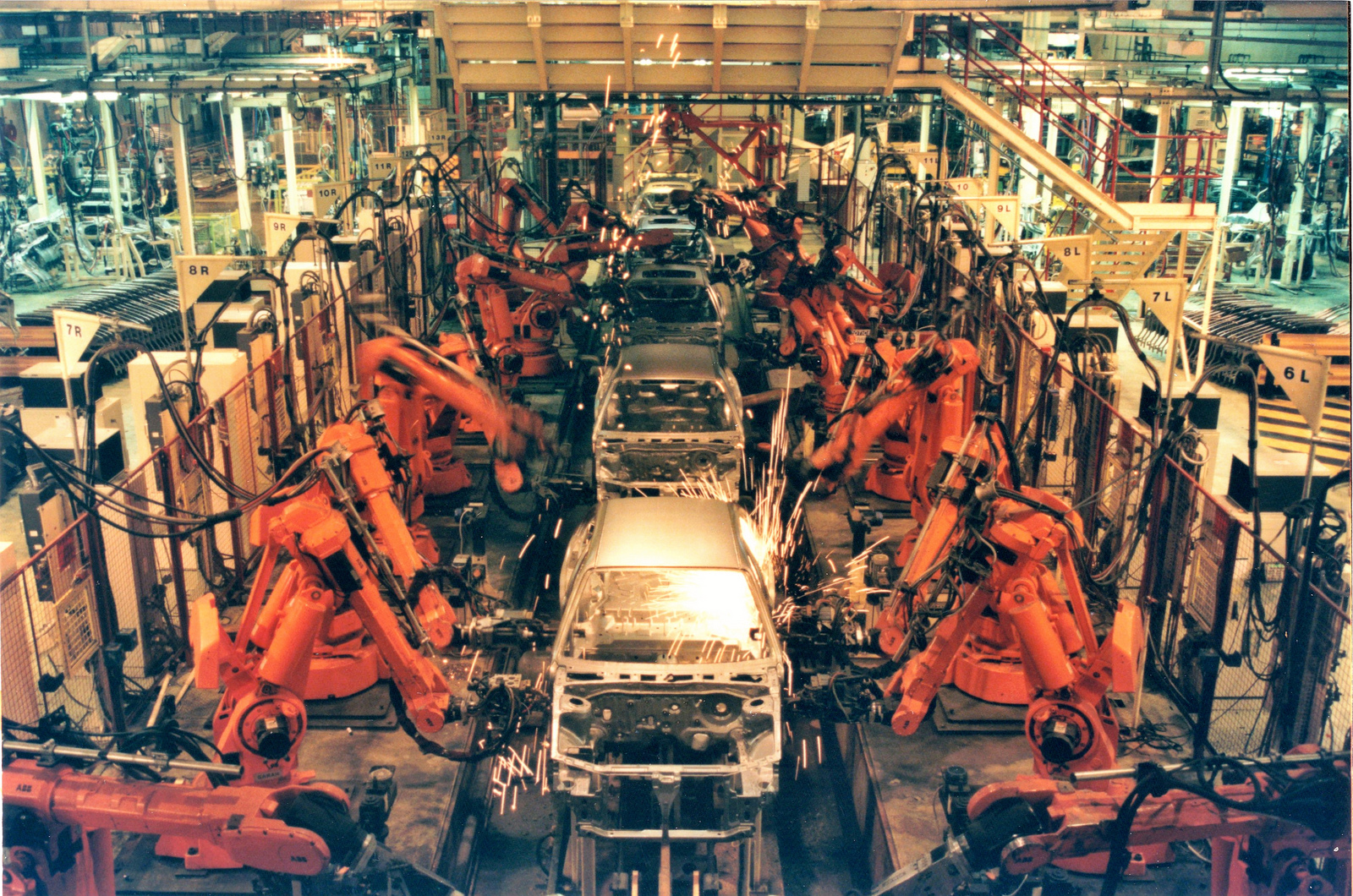
While there are all sorts of fun ideas and projects to be realized through modern 3D printing technology, engineers within the aerospace sector are currently researching its usage for reasons that are far more serious.
Although the technology is already showing an enormous potential to impact the entire manufacturing industry, there are some obstacles to overcome before 3D printing becomes commonplace.
Peering Inside a Multi-Sector Environment
By definition, the aerospace industry generally includes commercial, military and space applications. Although it might not be obvious to some, this is an area that has been using additive manufacturing – which is often referred to as “3D printing” for decades.
Aerospace, defense and space exploration still has a lot to gain from the modernization and standardization of 3D printing technology. A team at Boeing recently made headlines with the development of their proprietary trim-and-drill device, which set a world record as the single largest 3D-printed object in existence.
The United States military began utilizing 3D printing in Afghanistan in 2012. Units such as these are able to manufacture critical parts and tools from plastic, aluminum and even steel, thereby filling ad hoc requests and providing critical support when it’s needed. A process that once took hours, days or even weeks to complete, military engineers are now able to provide their teammates with equipment that was forged literally minutes earlier.
Not to be outdone, the International Space Station, which recently received their 3D printer, successfully designed and printed a ratchet wrench. Several models were ultimately produced, all of which were sent to earth for a final inspection by NASA officials. Moreover, the entire manufacturing process ó from inception to final production ó was completed in less than a week.
A Myriad of Benefits
As you can see, manufacturers who embrace 3D printing technology are able to enjoy numerous benefits. Plants can now produce parts and products with increasingly complex designs, lower weight classes and greater durability than ever before.
Employee and consumer safety is also bolstered through the use of next-gen materials and printing technologies. The metallic properties of certain materials, such as titanium Ti6AI4V, facilitate a lower overall density while simultaneously improving strength, durability and stabilization.
New and Unexpected Challenges at Every Turn
There’s no denying the potential of 3D printing within commercial, military and space applications. Although we’ve already seen a number of successful and highly touted milestones, the technology is far from perfect.
Firstly, 3D printing is still too expensive to implement large scale. Because the technology would require a complete overhaul of existing manufacturing operations, the overhead costs are enough to scare away even the most seasoned veterans. Startup businesses also suffer from the elevated cost of printing materials when compared to traditional mediums.
However, steps are being taken to reduce the cost of raw materials. Alcoa recently began development on a new powdered metal material that is meant exclusively for use in modern 3D printing applications. Industry insiders hope that the product will lead to lower costs and increased availability in the near future.
Quality assurance is another obstacle to overcome. Because the durability, consistency and overall integrity of 3D-printed objects cannot currently be ensured between printers, materials and the operators themselves, the framework for a standardized system of quality assurance simply isn’t there.
There’s also the issue of operator certification. Many reputable companies currently require some amount of prior education, professional training or accreditation in additive manufacturing for any senior-level roles. Although there aren’t any federally mandated requirements associated with modern 3D printing, some employers carry their own requirements or standards.
Making a Name in 3D Printing
With the potential for great recognition and profitability within a highly competitive and fast-paced industry, it’s easy to see why a young entrepreneur or startup company would target the niche of 3D printing for their own business.
Luckily, the industry offers plenty of opportunities for creative, innovative and bright-minded individuals who aren’t afraid to take a risk on an emerging and evolving technology. Some have found their start by learning the technology and teaching it to others, selling custom designs or by providing third-party services in 3D printing.
Those who are interested in designing, manufacturing and launching their own products will find that modern 3D printing makes this process easier than ever before. Coming up with a new idea is the first step and arguably one of the most difficult. Raising enough capital to fund your initial venture and develop a prototype can also be a challenge, but there are plenty of fundraising and crowd-sourcing strategies that can be utilized.
Social media is a boon for those who are trying to generate interest or sell a new product. Not only can these sites be used to create an initial customer base, but some can even be used to explore new partnerships and business opportunities.
The Past, Present and Future of 3D Printing
Obviously, the concept of additive manufacturing is nothing new. However, recent innovations and advancements have pushed the technological capabilities to such heights that the niche of 3D printing seems like a brand-new industry.
Despite the fact that 3D-printed materials are far more prevalent in our everyday lives than many realize, the latest breakthroughs have the potential to revolutionize the future on behalf of the modern consumer, employee and business owner alike.

